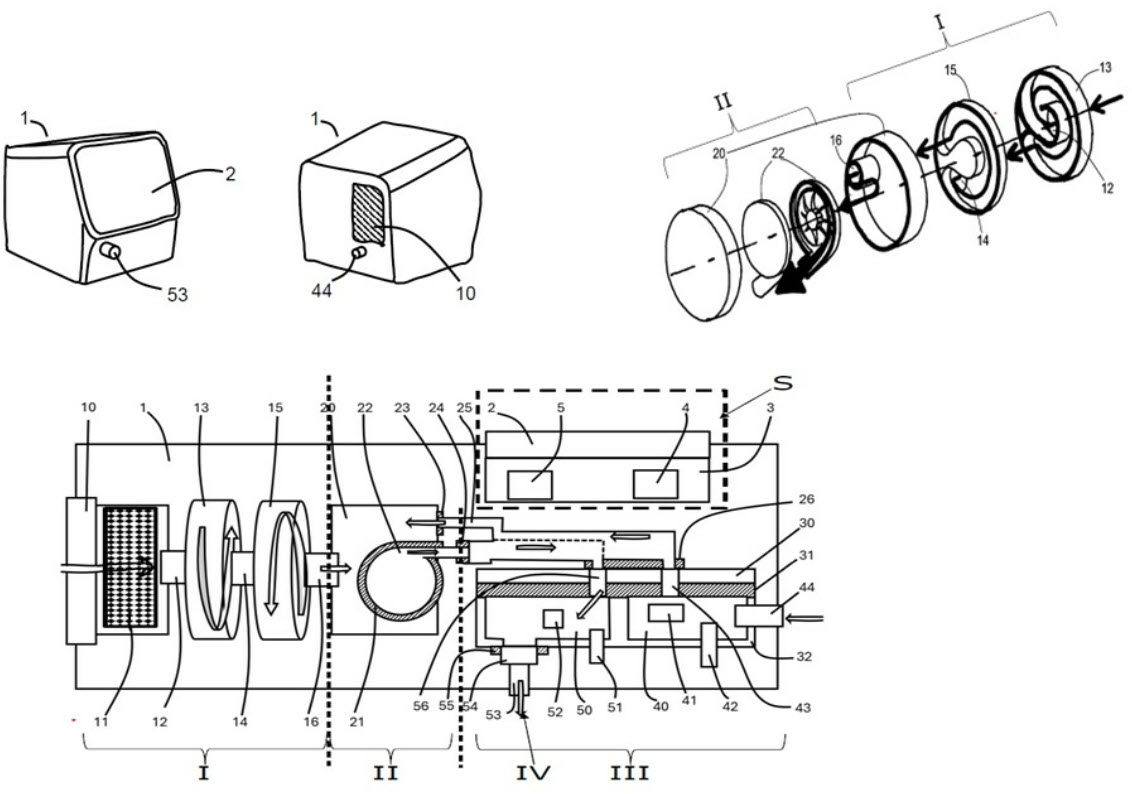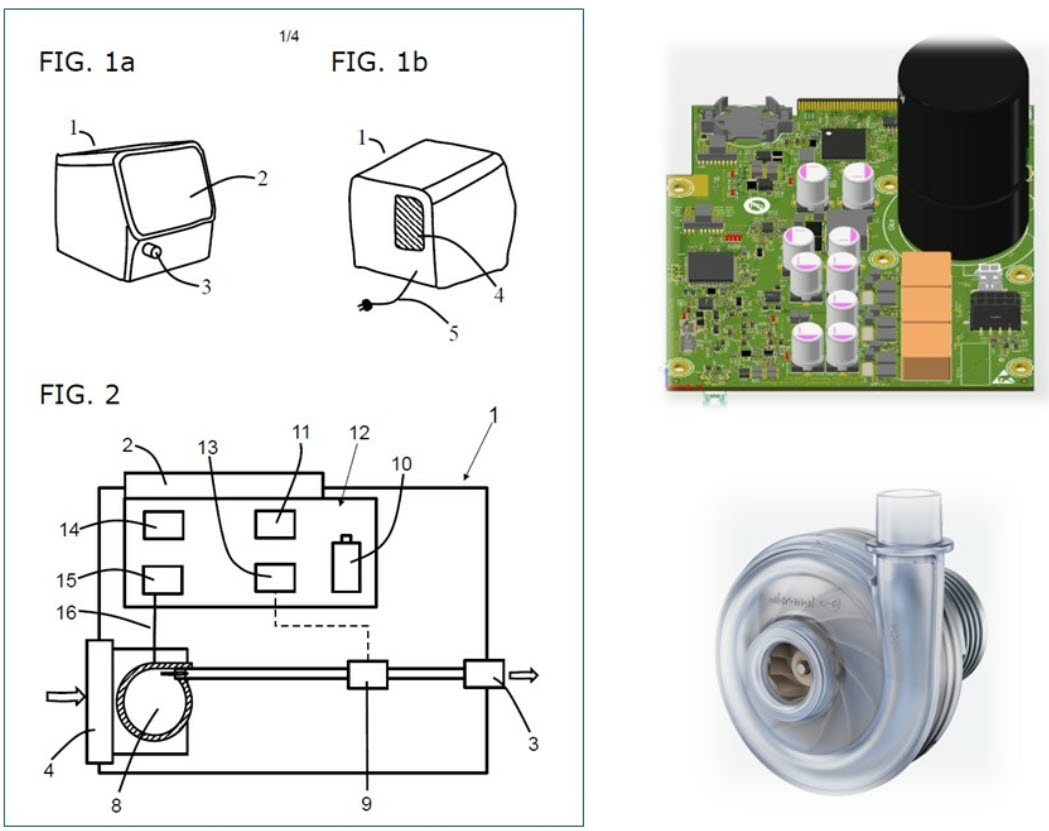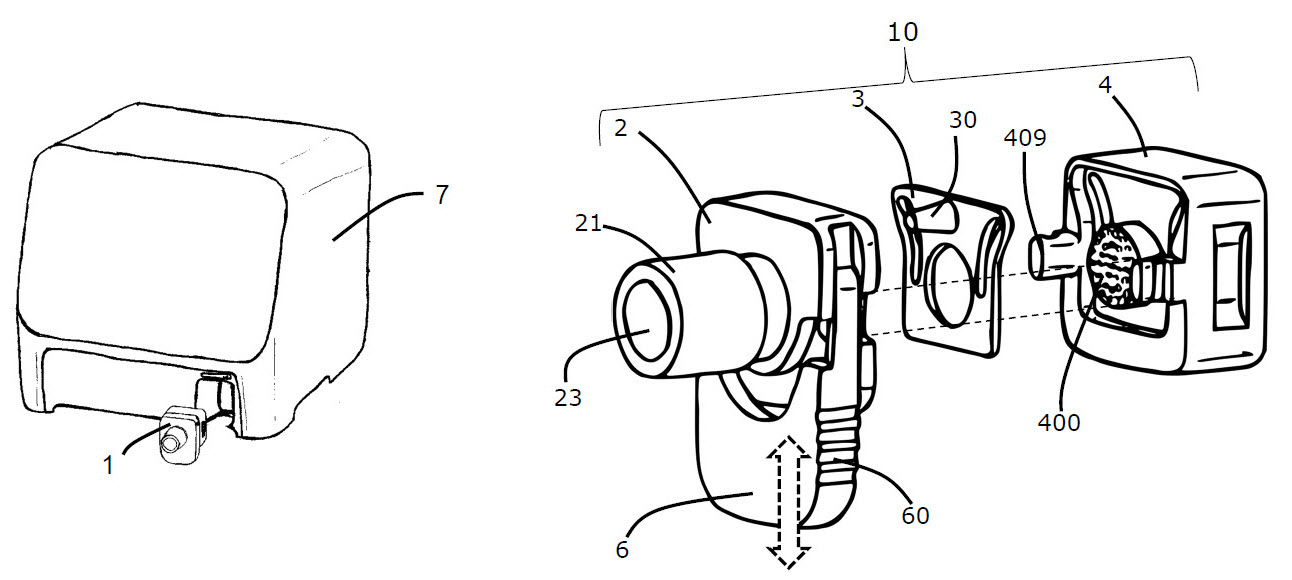Innovative box Ventilator Sets New Standards
New Patents Drive Peak Performance
With three recent patent applications, the Swiss engineering team is laying the groundwork for the optimized performance of its new box ventilator, scheduled for global launch next year. The device enters the market with a bold promise: delivering best-in-class ventilation performance.
The IMT Innovations engineers have filed three patent applications over the past twelve months during the development phase of this groundbreaking ventilator.
No Inspiratory Valve Required
The first patent-pending innovation features a flow-optimised inspiratory path through the ventilator, resulting in significantly lower resistance compared to devices currently available on the market. At the same time, the noise level of the box ventilator is reduced, and overall efficiency is considerably improved. Additionally, the box system does not require a separate inspiratory valve. These enhancements reduce the imposed breathing effort on the patient and enable better synchronisation between the ventilator and the patient’s natural breathing pattern. As a result, patients can be weaned from mechanical ventilation more quickly. This critical process is vital to patient recovery, while also placing high demands on clinicians, nursing staff, and the ventilator itself.
Intelligent Blower Control
The second patent-pending development introduces intelligent blower control to minimise energy consumption and prevent excessive heat buildup within and around the blower unit. The blower can accelerate rapidly and recover energy during rapid deceleration, enhancing efficiency. These characteristics make the system especially well-suited for portable ventilators with limited battery capacity, as well as for the delicate task of neonatal ventilation. Both this and the inspiratory-path innovation move the system closer to delivering optimal ventilation performance.
Replaceable Expiratory Valve
The third patented feature is a pneumatically controlled expiratory valve designed for quick attachment, removal, and cleaning. This modular approach enhances hygiene and serviceability, further aligning the box ventilator with the demands of clinical workflow.

Thanks to a flow-optimised inspiratory path through the box ventilator, the “internal resistance” and noise level are reduced, and the box does not require a separate inspiratory valve.

The blower of the box device accelerates and decelerates significantly faster. Additionally, energy is recovered during the blower’s deceleration.



